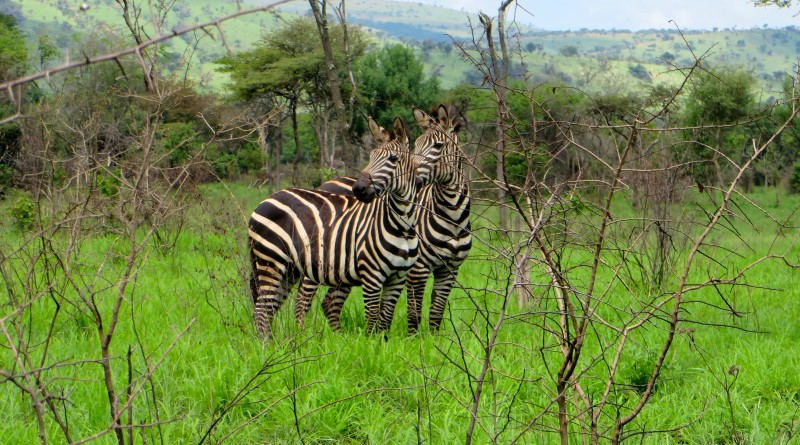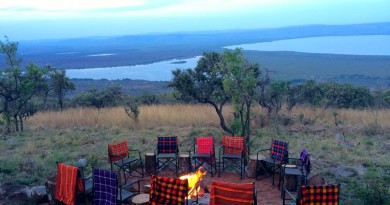Views from Akagera National Park
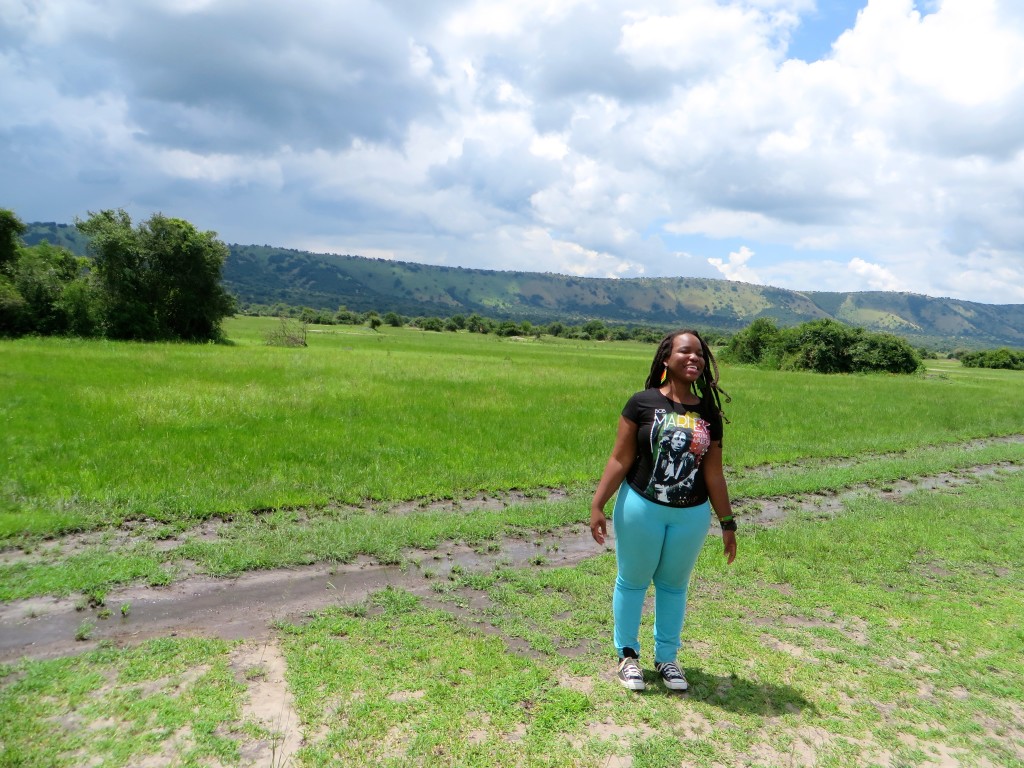
No tourist trip to Rwanda is complete without making a stop at the Akagera National Park. Despite going there three times, I still have never seen elephants. If you’ve read my previous post about elephants in Botswana, you’ll understand this is a huge disappointment for me.
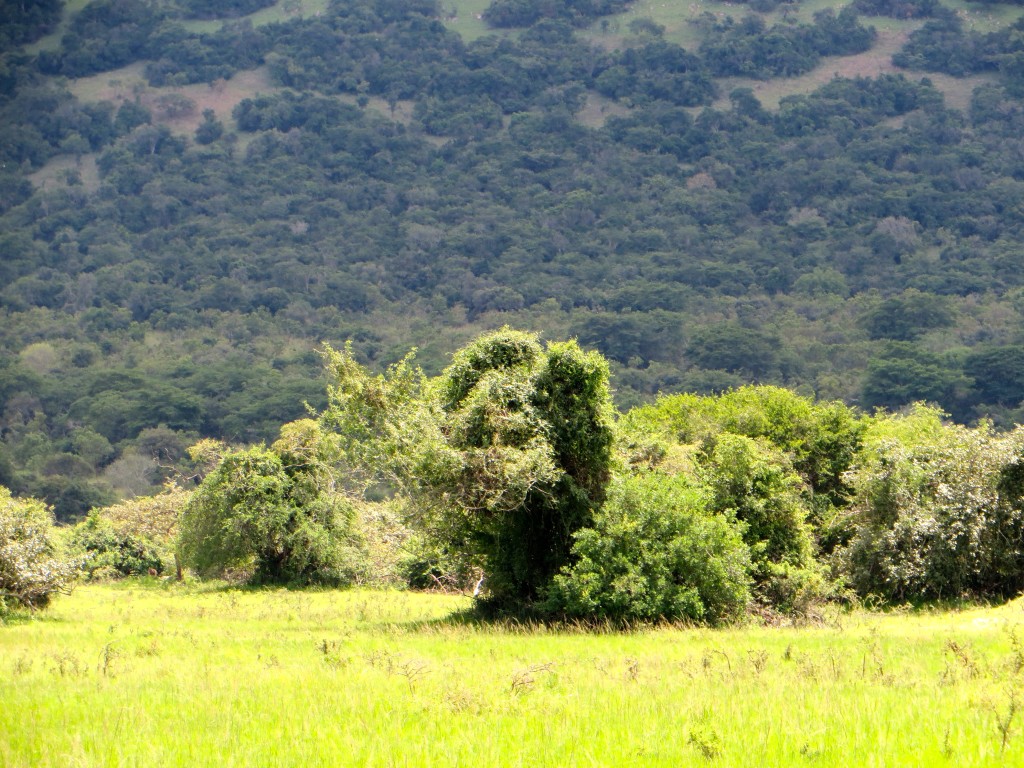
I have to remind myself that Akagera is a reserve, and not a game drive. As a reserve, the priority is to preserve the country’s biodiversity and prevent animals from being over hunted. As a visitor, there is no guarantee of which animals you will see. The lions, for example, mostly stay in the northern part of the park, and many visitors will miss them, unless they decide to spend an extra 3-4 hours driving up to their preferred area. If you’re looking for ‘guaranteed’ animal sightings, a trip to Tanzania or South Africa might be better.
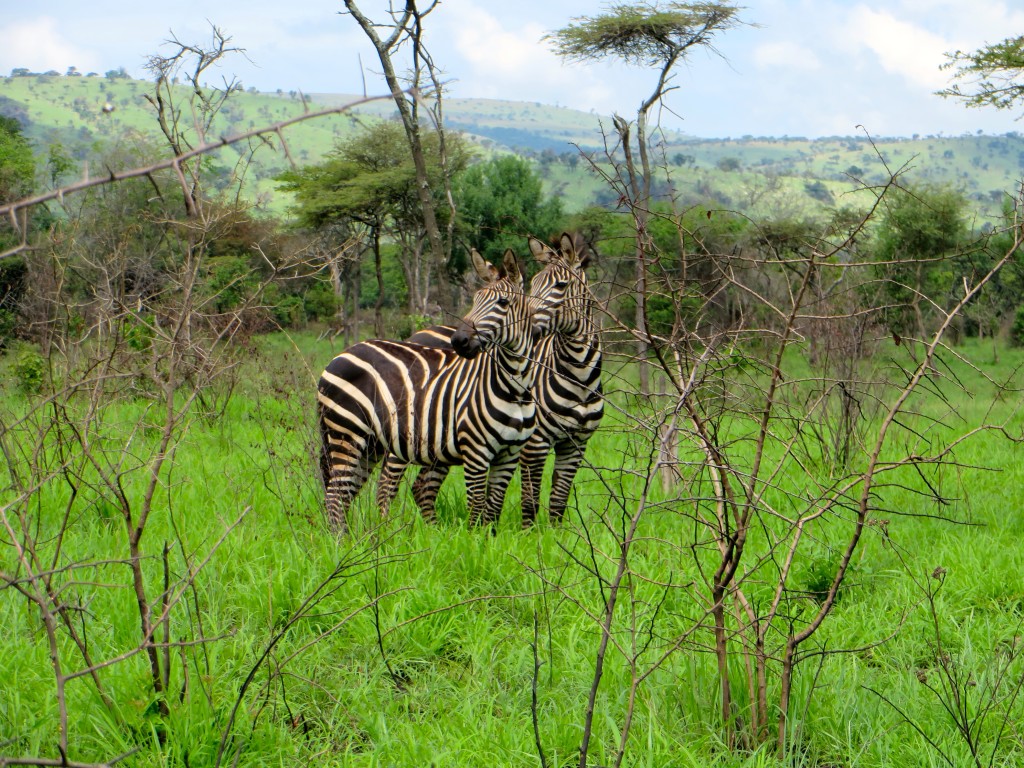
It seems the Rwandan government is investing a lot in making Akagera a more attractive tourist destination, with the goal of getting the Park to ‘Big 5’ status . (“The Big 5” is a term used by hunters and safari-goers to refer to endemic lions, leopards, buffalo, leopards, and rhinos. Lions were re-introduced to Akagera last year, and it’s been said that rhinos will complete the list shortly.) Of the five, the only one I’ve seen is buffalo. I’m beginning to think I have bad luck with this animal sighting thing.
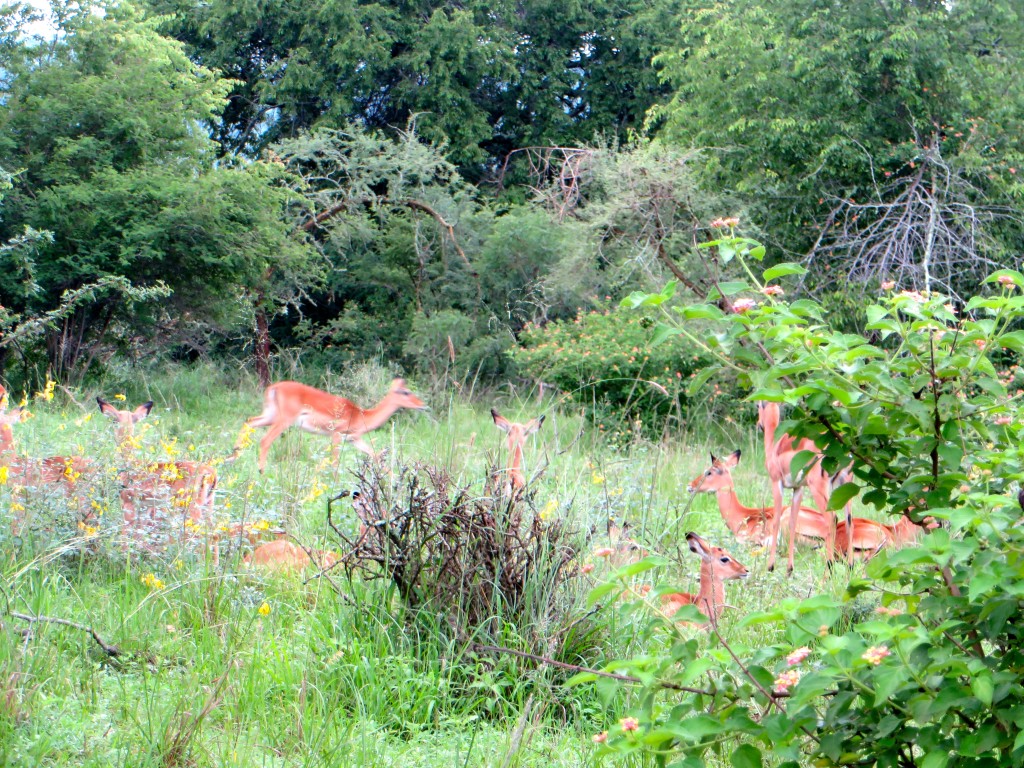
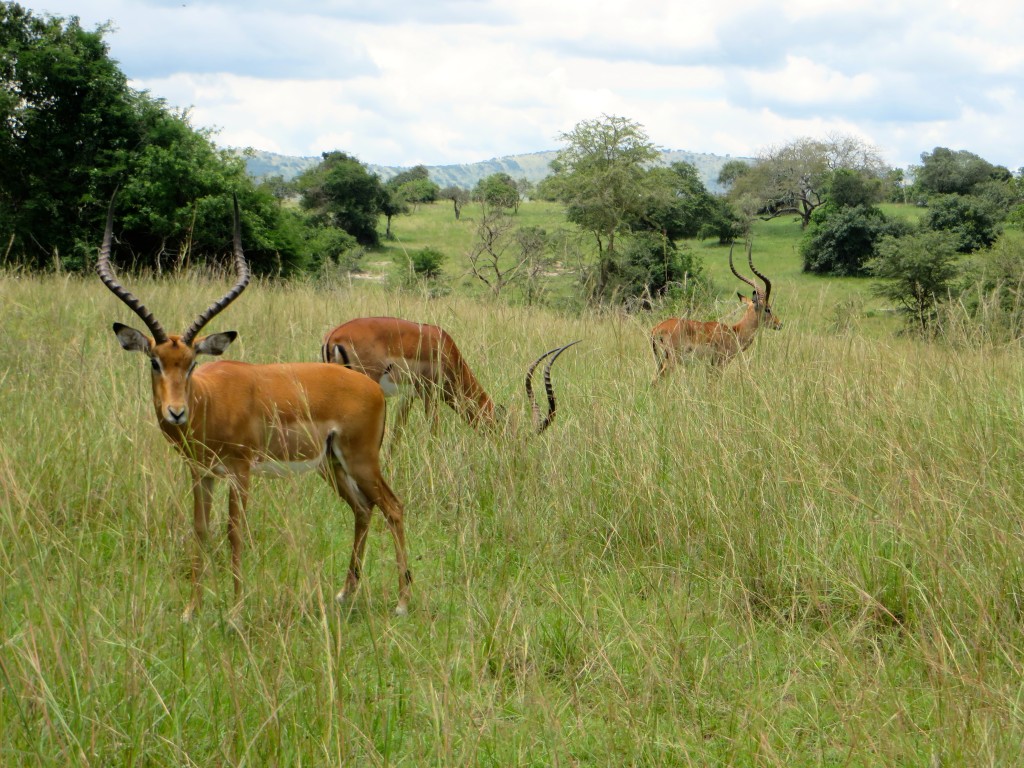
So what’s in the Park? Buffalos, several types of antelopes, friendly giraffes, hundreds of species of birds, grumpy baboons, warthogs (Pumba!), zebras, waterbucks, monkeys, hyenas, jackals, and did I mention a lot of birds? If you are really lucky, you might spot the elusive blue monkey. I saw one the last time I was there, and my guide said he hadn’t seen one in the last ten years! He immediately called some of the other guides to let them know, and asked me to send him the video because no one believed him. Brother, if you’re reading this, I still have the video…
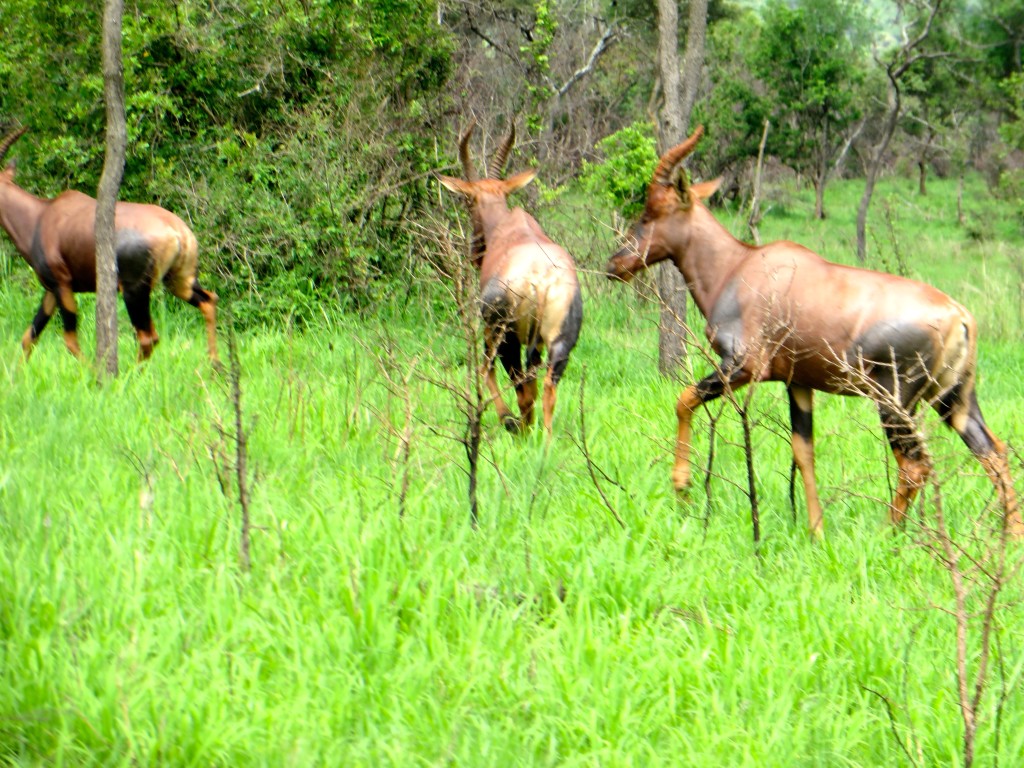
The Park is named after the Akagera river, which flows through the Park, and along the Rwanda-Tanzania border. Lake Ihema is one of the lakes which the river feeds into. From there, you can look across and see Tanzania. If an up close view of hippos and crocodiles is your heart’s desire, you can arrange a boat trip during your visit. I imagine a sunset or sunrise tour on the lake would be beautiful. You should call ahead to make a reservation for the boat. You can also pay to fish in the lake, if that’s your thing, but you do have to bring your own equipment.

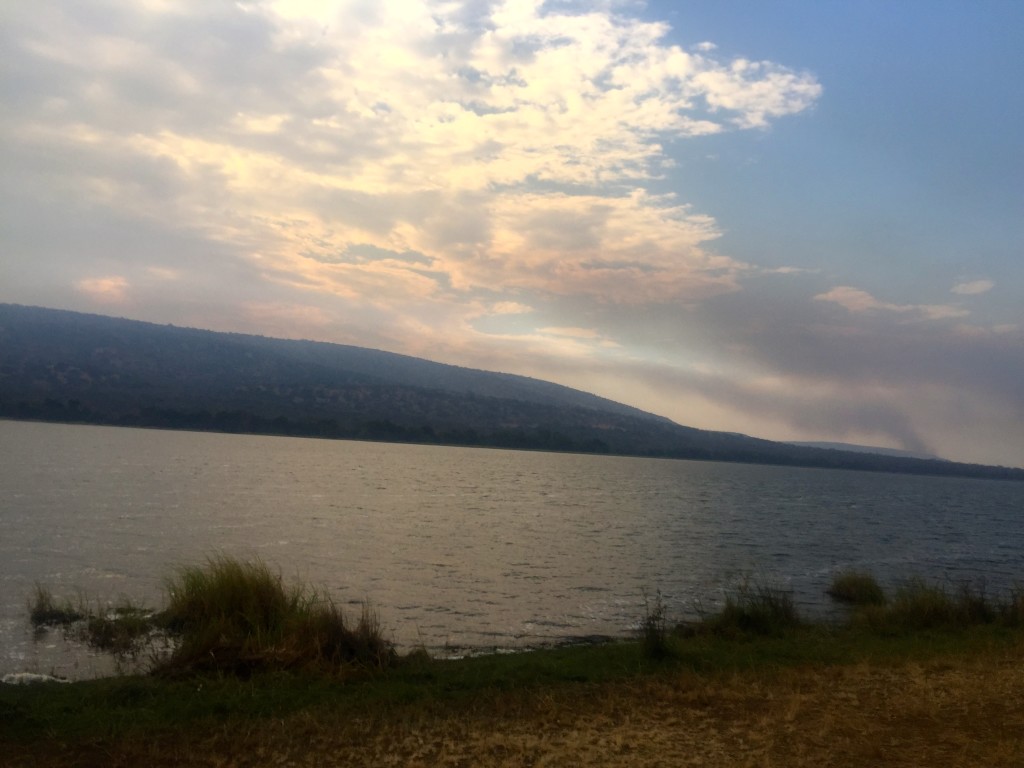
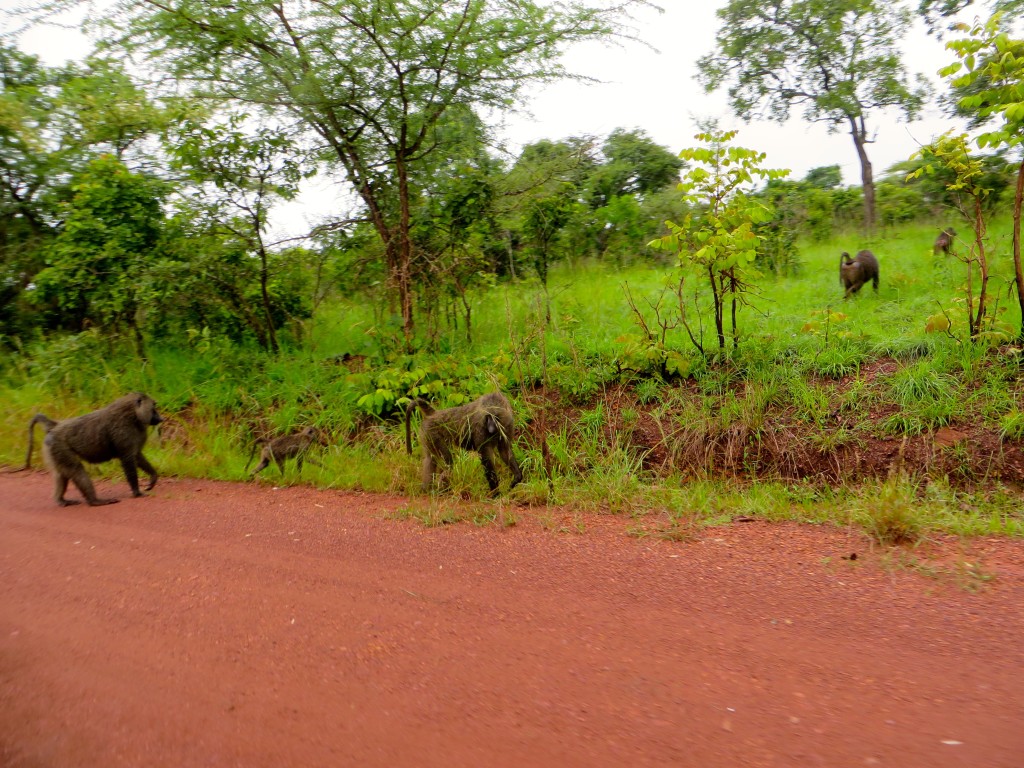

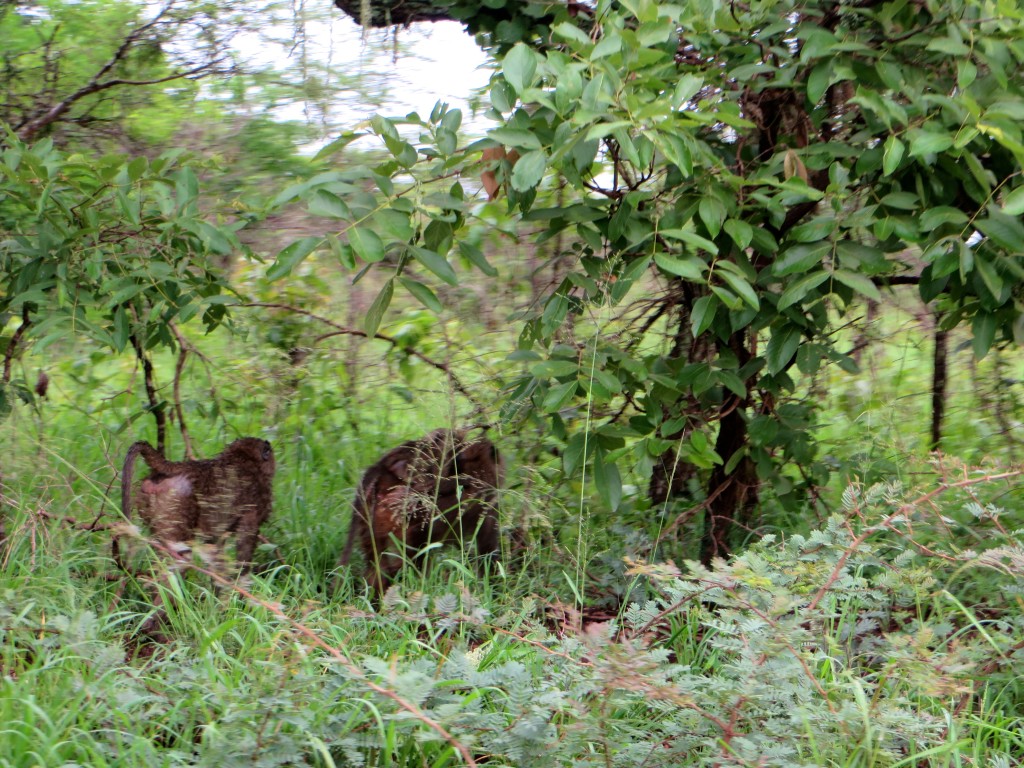
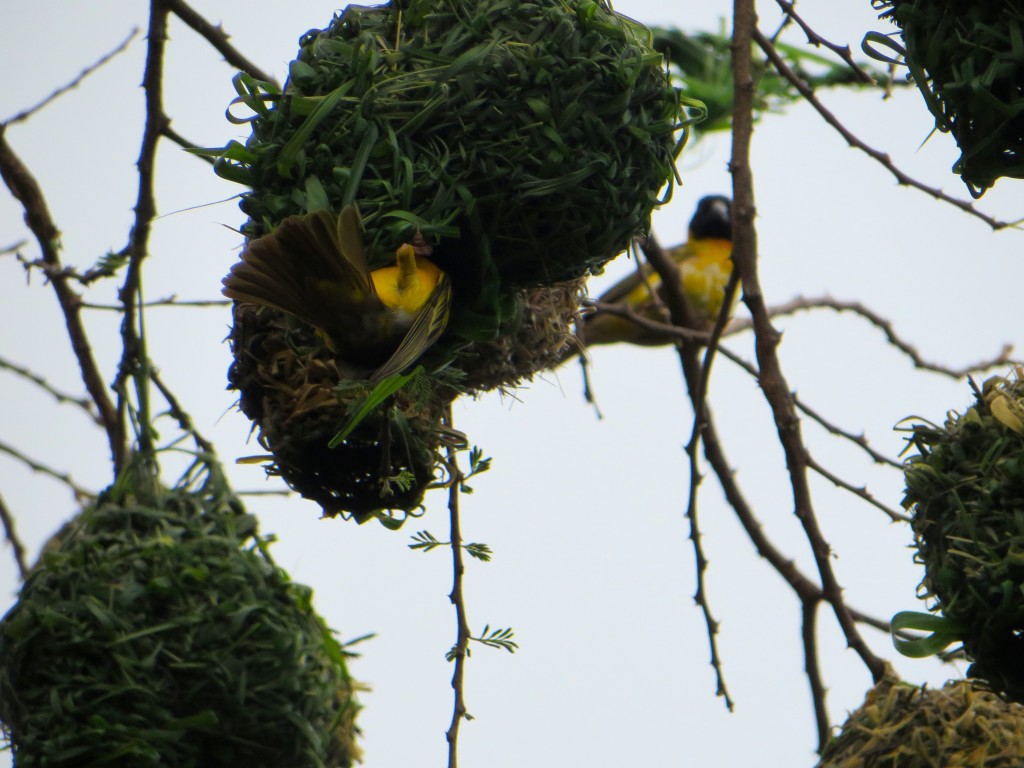
The cost to enter the park maxes out at $35 USD for international visitors. Rwandans and EAC citizens pay 4000 RWF, and foreign residents pay $25 – just remember to bring your proof of residence/citizenship.
The Facebook page has an extremely detailed FAQ note which you should definitely check out if you need information about cost, traveling to the park, planning group trips, and so on.
My personal recommendations:
- Hire a guide. Guides are optional, but recommended, as they can help you find gems you would miss on your own. Hiring a guide also supports the local community, since many are from the area, and I’ve been told some are even reformed poachers. A park guide costs from $25 – 40 depending on the length of your drive.
- If you rent or drive your own vehicle, make sure it’s a 4×4. The last thing you want to do is be stuck in the mud during rainy season. There are lions there after all. You also have to pay a fee if the Park staff has to come rescue you.
- If you want to go camping (glamping, really), check out the Karenge Bush Camp. I’ll be writing a review about this place soon. The staff was amazing, and it’s a great place for a retreat from the hustle and bustle of daily life.
- If you need a hotel, Akagera Game Lodge is your obvious choice. Just remember to close your windows at night. I stayed there once on a staff retreat and my boss woke up on day 2 to find a baboon pulling on her big toe. I would’ve died of heart failure. This is a perfect example of what happens when you encroach on animals’ territory.
Her survival tip: Assert dominance. Assume the posture of a gorilla and scream at the baboon, so it will get scared or disinterested, and leave. Now I understand why the hotel rooms have a ‘what to do if you encounter a baboon’ guide.
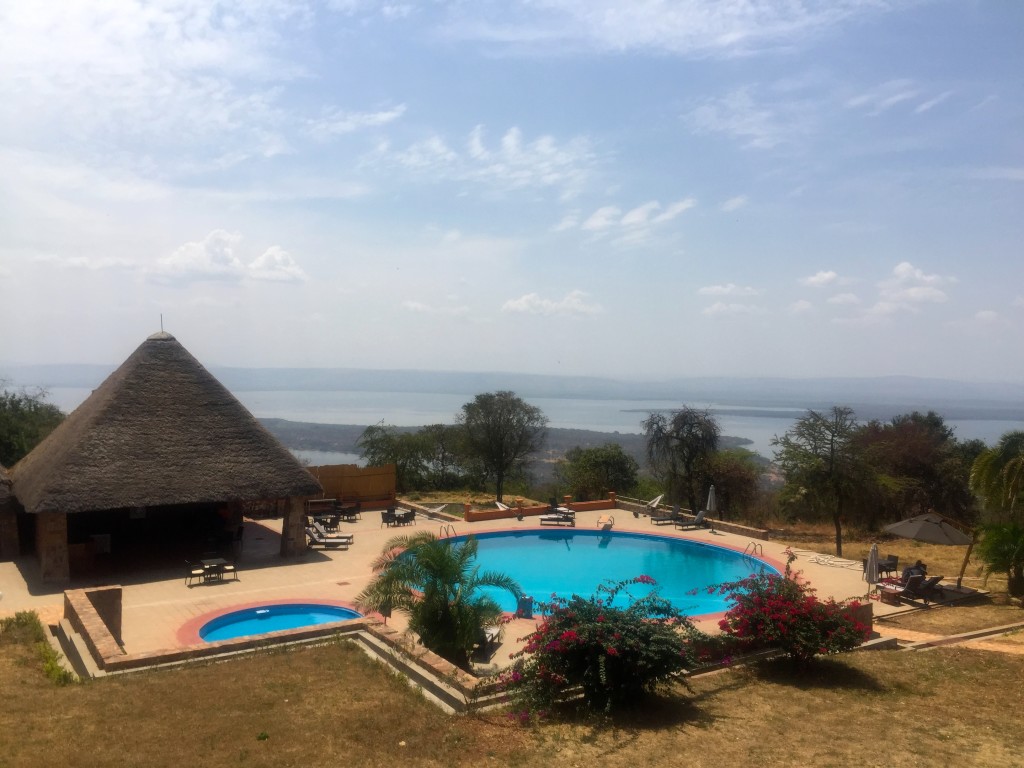
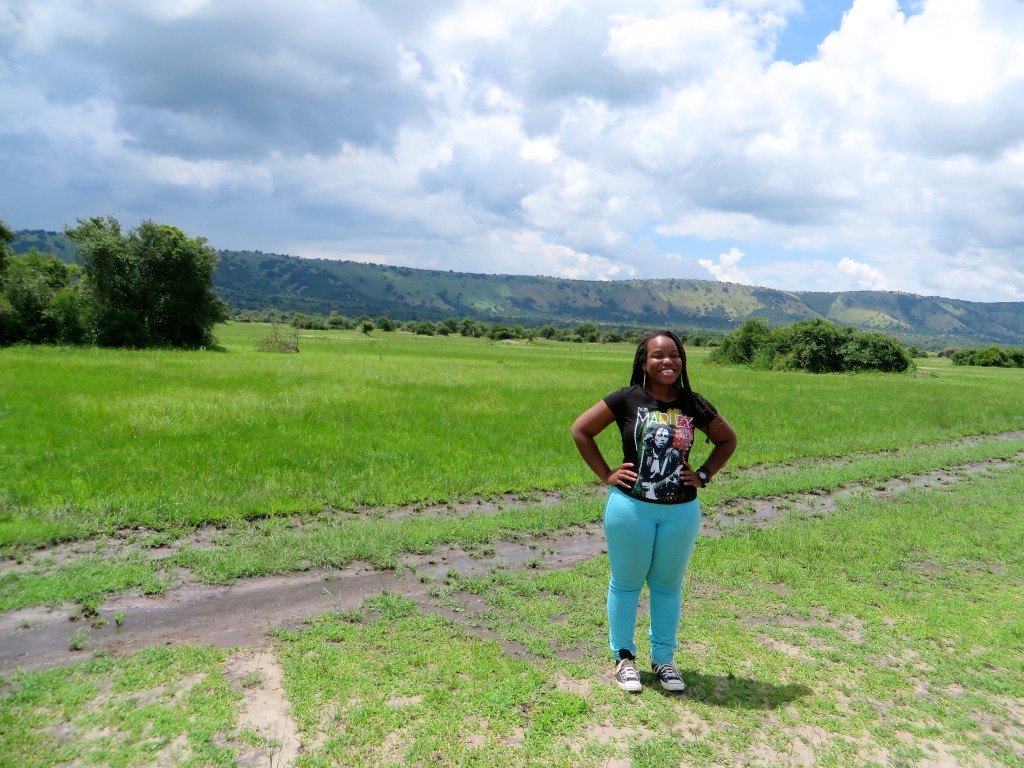
Park Contacts:
Email: akagera@african-parks.org
Phone: 250 (0) 782166015
(Shoutout to Lauren M for taking some of these photos.)
